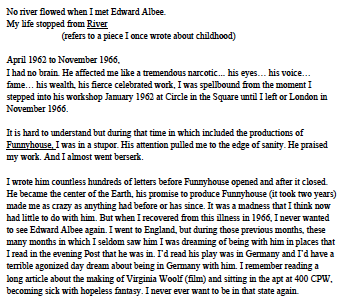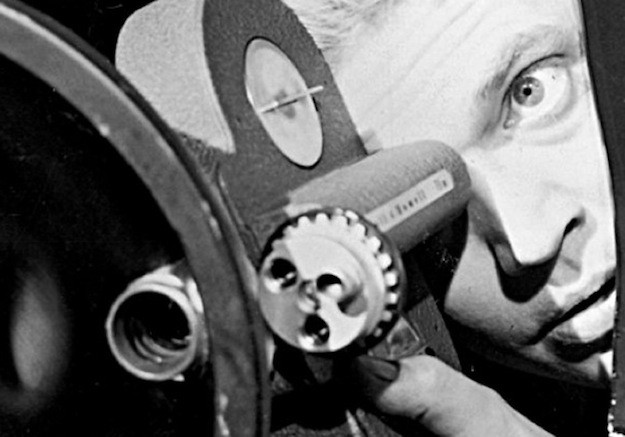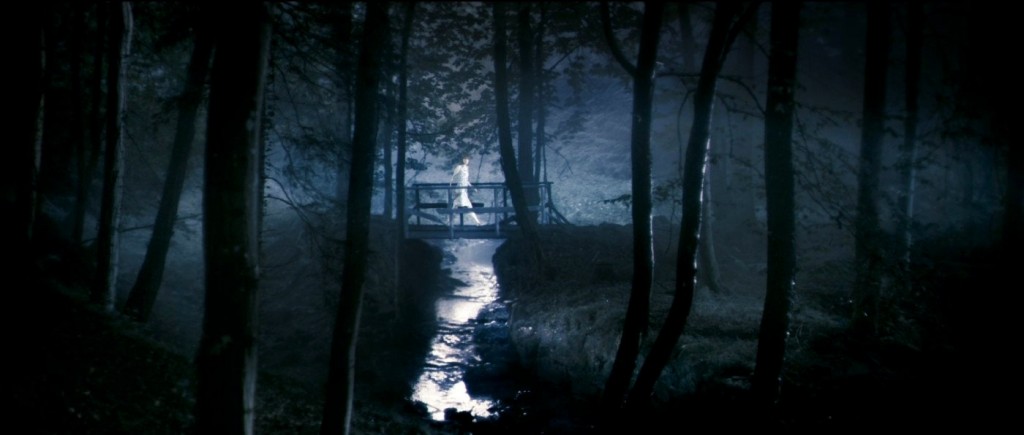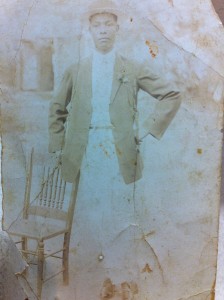
I have varied thoughts about the BART strike. A friend of mine is one of the employees demanding such things as safer work conditions, a guaranteed and fair annual raise, and low-cost health insurance. I have other friends and acquaintances who always side with unions, and still others who either want to fire all BART strikers on the spot and replace them or who think the strikers are greedy.
I’ve been told BART management is lying in an effort to gain public support. On the other hand, I know that the average salary quoted for a BART worker with a high school diploma, $60,000, isn’t that far off from the average salary of a Bay Area computer programmer with a college degree, $63,000 (unless you work for Facebook or Google). And, programmers constitute a profession that’s part of the current tech-bashing trend largely based on misinformed stereotypes. San Francisco programmers aren’t paid overtime or pensions, nor do they have unions. Then again, BART workers don’t get swanky biotech perks like free stadium-sized concerts or company cafeterias serving catered, organic food like Genentech, my former employer, provides. On the third hand, BART employees make more than public school teachers, who some would say (myself included) have the weighty task of ensuring a well-knit societal fabric and deserve to protest loudly and often.
I fall somewhere in the middle in the Me Versus You cultural war. I frequently find myself in this space when it comes to social justice issues, amid both left and right attitudes that never seem capable of seeing the other side or of not resorting to knee-jerk, prejudicial reactions. I’ve lived in lower-middle-class, brown neighborhoods for most of my life. I grew up poor and now work in tech, as a copywriter and technical writer. The small company I work for is diverse and has an Asian CEO. I love the company and the work I do. Outside of work, I have friends of all backgrounds and persuasions: kinda rich, super rich, moderately poor, very poor, black, white, Asian, Latino, LGBTQI, straight, disabled, large, small, and Canadian.
I’ve come to realize: not only are there mixed-race folk; there are bi-economic folk, able to mingle successfully not only among the brown, the poor, and the otherwise financially challenged, but also among those who break out the scotch at Friday Happy Hour. And this, my friends, is why I’m not leaving San Francisco (for now). Let me ‘splain.
First off, respect to anyone who got fed up and left. I know many who have. For those who can afford it and stayed, great for you. You’re keeping San Francisco diverse. You’re educating where it’s needed and expected. We’re James Temple’s “intelligent, creative and open-minded people,” putting up with the douchebags who are apparently bringing the city to its knees (again). Douchebags, by the way, come in all shapes, sizes, and economic backgrounds. Prejudice and ignorance are odious regardless of the perpetrator.
People like me have done our fair share of educating, interfering, and throwing a wrench into any plan to make San Francisco anything other than what it’s always been—a hub for freaks, geeks, searchers, and visionaries. I had a blast during the first tech boom of the 1990s. Limos ritually dotted Mission Street with drunk assholes standing out of sunroofs. My friend Kortney and I snuck into one during Christmas season and crashed a party of eight, red-nosed Santas. Every now and then, I got people like intoxicated lawyers to pay for my pricy meals. It was awesome. All bilking aside, there were moments of true intermingling, of conversations and interactions that crossed supposed cultural boundaries. It can happen again. We can move beyond labels of “tech people” and actually engage in conversation. We can actively embrace balance and shades of gray, even with something as polarizing as a BART strike.
So, for now, I’m not going anywhere. Until, that is, I decide to take my life savings and retire in Tuscany.
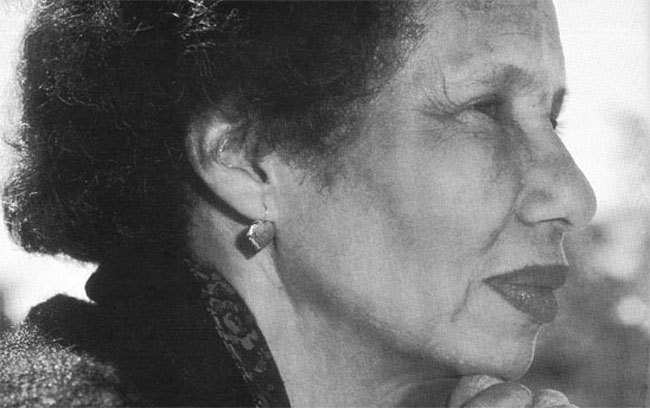 Adrienne Kennedy’s most famous play, Funnyhouse of a Negro, was produced in 1962 by Edward Albee as part of his Playwrights Workshop. Already a prominent voice at the time, Albee brought Kennedy’s first professional production to life, leading to many more award-winning plays and her place as a leading force in American theatre.
Adrienne Kennedy’s most famous play, Funnyhouse of a Negro, was produced in 1962 by Edward Albee as part of his Playwrights Workshop. Already a prominent voice at the time, Albee brought Kennedy’s first professional production to life, leading to many more award-winning plays and her place as a leading force in American theatre.
